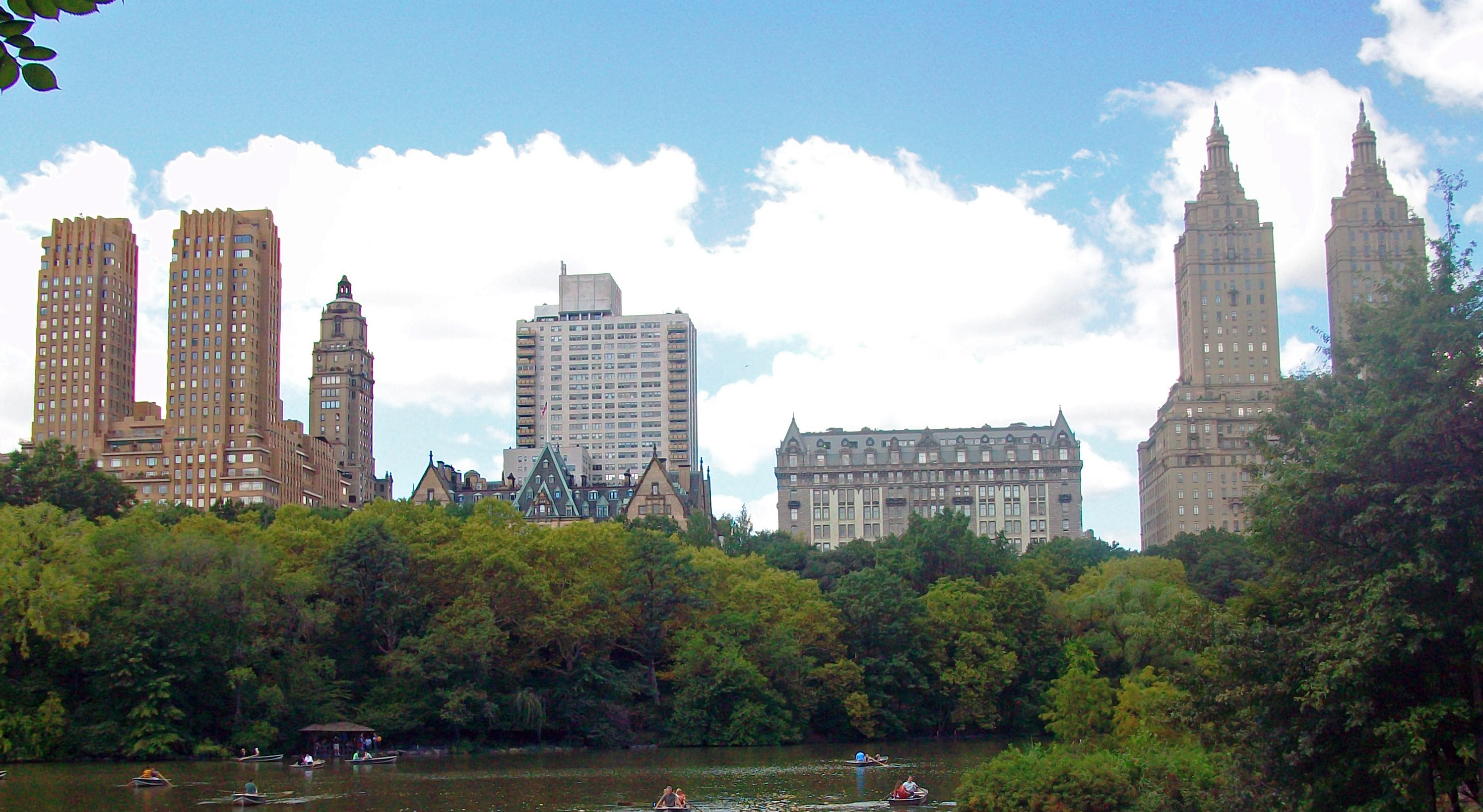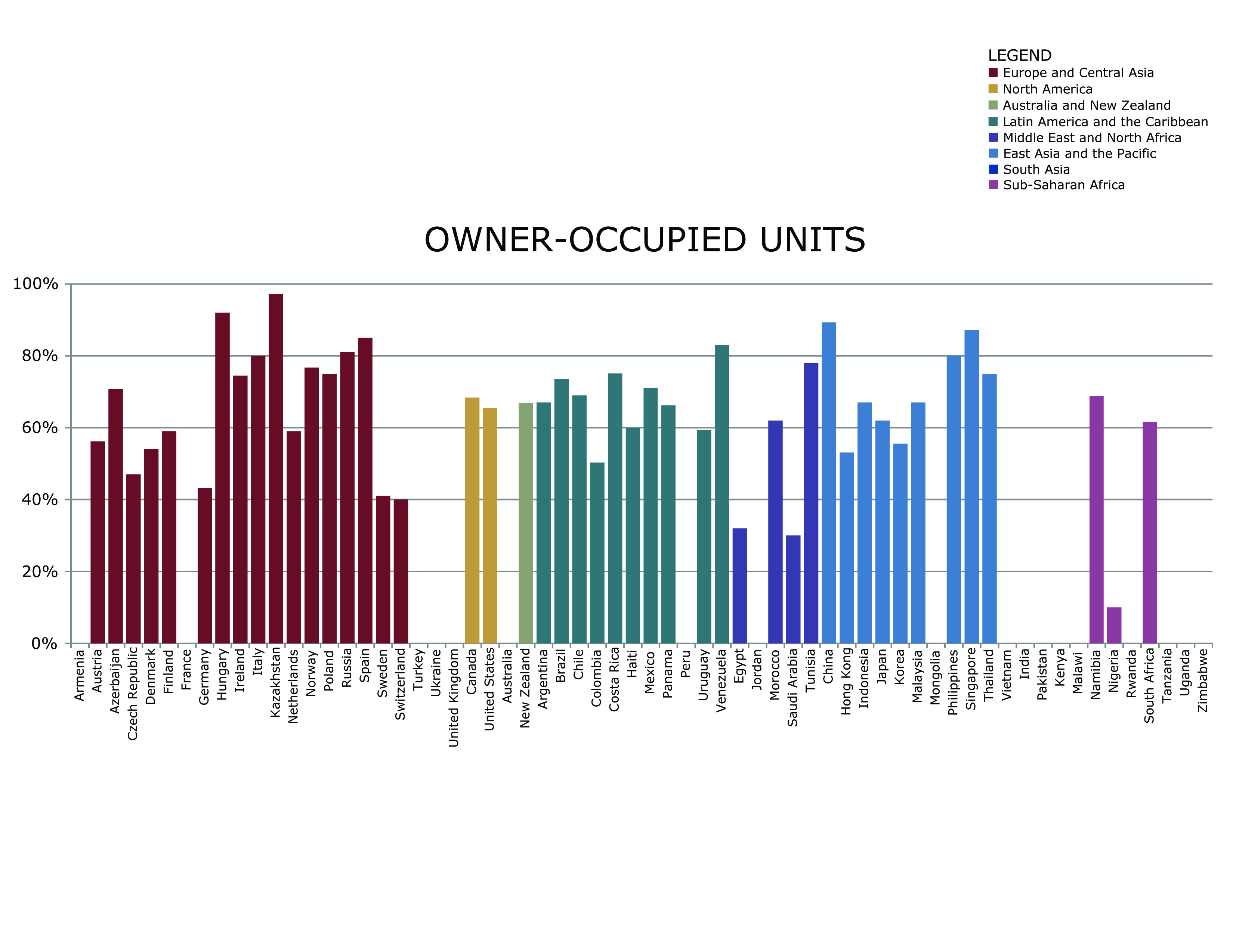|
Building Cooperative
A building co-operative is a co-operative housing corporation where individuals or families work together to directly construct their own homes in a cooperative fashion. Members of this type of co-operative purchase building materials in bulk and co-operate with other members of the co-op during the construction phase of the co-operative. When the housing has been completed the members usually own their homes directly. In some cases, roads, parkland and community facilities continue to be owned by the co-operative. History Building co-ops were extremely popular in many parts of Canada from the 1930s to the 1960s. Father James (Jimmy) Tompkins and Dr. Moses Coady were key organizers in Nova Scotia of the first building co-operatives. Through active local study groups they began research on co-operatives and developed a concept of how a building co-op could work. In 1936, Father Tompkins helped found the first self-help building co-operative in North America near Glace Bay (Reser ... [...More Info...] [...Related Items...] OR: [Wikipedia] [Google] [Baidu] |
Housing Cooperative
A housing cooperative, or housing co-op, is a legal entity, usually a cooperative or a corporation, which owns real estate, consisting of one or more residential buildings; it is one type of housing tenure. Housing cooperatives are a distinctive form of home ownership that have many characteristics that differ from other residential arrangements such as single family home ownership, condominiums and renting. The corporation is membership based, with membership granted by way of a share purchase in the cooperative. Each shareholder in the legal entity is granted the right to occupy one housing unit. A primary advantage of the housing cooperative is the pooling of the members' resources so that their buying power is leveraged; thus lowering the cost per member in all the services and products associated with home ownership. Another key element in some forms of housing cooperatives is that the members, through their elected representatives, screen and select who may live in th ... [...More Info...] [...Related Items...] OR: [Wikipedia] [Google] [Baidu] |
Building Material
Building material is material used for construction. Many naturally occurring substances, such as clay, rock (geology), rocks, sand, wood, and even twigs and leaves, have been used to construct buildings. Apart from naturally occurring materials, many man-made products are in use, some more and some less synthetic. The manufacturing of building materials is an established industry in many countries and the use of these materials is typically segmented into specific specialty trades, such as carpentry, Building insulation, insulation, plumbing, and roofing material, roofing work. They provide the make-up of :Human habitats, habitats and architecture, structures including homes. The total cost of building materials In history, there are trends in building materials from being natural to becoming more man-made and Composite material, composite; biodegradable to imperishable; indigenous (local) to being transported globally; repairable to disposable; chosen for increased levels of ... [...More Info...] [...Related Items...] OR: [Wikipedia] [Google] [Baidu] |
Home Ownership
Owner-occupancy or home-ownership is a form of housing tenure in which a person, called the owner-occupier, owner-occupant, or home owner, owns the home in which they live. The home can be a house, such as a single-family house, an apartment, condominium, or a housing cooperative. In addition to providing housing, owner-occupancy also functions as a real estate investment. Acquisition Some homes are constructed by the owners with the intent to occupy. Many are inherited. A large number are purchased, as new homes from a real estate developer or as an existing home from a previous landlord or owner-occupier. A house is usually the most expensive single purchase an individual or family makes, and often costs several times the annual household income. Given the high cost, most individuals do not have enough savings on hand to pay the entire amount outright. In developed countries, mortgage loans are available from financial institutions in return for interest. If the home owner f ... [...More Info...] [...Related Items...] OR: [Wikipedia] [Google] [Baidu] |
Canada
Canada is a country in North America. Its ten provinces and three territories extend from the Atlantic Ocean to the Pacific Ocean and northward into the Arctic Ocean, covering over , making it the world's second-largest country by total area. Its southern and western border with the United States, stretching , is the world's longest binational land border. Canada's capital is Ottawa, and its three largest metropolitan areas are Toronto, Montreal, and Vancouver. Indigenous peoples have continuously inhabited what is now Canada for thousands of years. Beginning in the 16th century, British and French expeditions explored and later settled along the Atlantic coast. As a consequence of various armed conflicts, France ceded nearly all of its colonies in North America in 1763. In 1867, with the union of three British North American colonies through Confederation, Canada was formed as a federal dominion of four provinces. This began an accretion of provinces an ... [...More Info...] [...Related Items...] OR: [Wikipedia] [Google] [Baidu] |
Jimmy Tompkins (priest)
James John "Jimmy" Tompkins (7 September 1870 – 5 May 1953) was a Roman Catholic priest who founded the Antigonish Movement, a progressive effort that incorporated adult education, cooperatives and rural community development to aid the fishing and mining communities of northern and eastern Nova Scotia, Canada. The Antigonish Movement later evolved into the Extension Department (now the Coady International Center) of St. Francis Xavier University. Father Tompkins believed in the emancipating power of education and sought to improve economic conditions through study groups and co-operative action. "It is not enough to have ideas, we have to put legs on them", he often said. He started the first regional library in Nova Scotia along with the first credit union and a cooperative housing association in Reserve Mines that was dubbed "Tompkinsville". Father Tompkins was the Spiritual founder of the Antigonish Movement. Brief biography Jimmy Tompkins was born in Margaree Forks, N ... [...More Info...] [...Related Items...] OR: [Wikipedia] [Google] [Baidu] |
Moses Coady
Moses Michael Coady (3 January 1882 – 28 July 1959) was a Roman Catholic priest, adult educator and co-operative entrepreneur best known for his instrumental role in the Antigonish Movement. Credited with introducing "an entirely new organizational technique: that of action based on preliminary study" to the co-operative movement in Canada, his work sparked a wave of co-operative development across the Maritimes and credit union development across English Canada. Due to his role and influence, he is often compared to Alphonse Desjardins in Québec. The influence of the movement he led spread across Canada in the 1930s and by the 1940s and 1950s, to the Caribbean, Africa and Asia. Early years Born into a large Irish Catholic family on a farm in the Margaree Valley of Cape Breton, Nova Scotia, Moses was the eldest boy in a family of twelve. As a youth he was very concerned at the scale of outmigration from the valley: young men and women leaving for the steel mills and coal mi ... [...More Info...] [...Related Items...] OR: [Wikipedia] [Google] [Baidu] |
Nova Scotia
Nova Scotia ( ; ; ) is one of the thirteen provinces and territories of Canada. It is one of the three Maritime provinces and one of the four Atlantic provinces. Nova Scotia is Latin for "New Scotland". Most of the population are native English-speakers, and the province's population is 969,383 according to the 2021 Census. It is the most populous of Canada's Atlantic provinces. It is the country's second-most densely populated province and second-smallest province by area, both after Prince Edward Island. Its area of includes Cape Breton Island and 3,800 other coastal islands. The Nova Scotia peninsula is connected to the rest of North America by the Isthmus of Chignecto, on which the province's land border with New Brunswick is located. The province borders the Bay of Fundy and Gulf of Maine to the west and the Atlantic Ocean to the south and east, and is separated from Prince Edward Island and the island of Newfoundland by the Northumberland and Cabot straits, ... [...More Info...] [...Related Items...] OR: [Wikipedia] [Google] [Baidu] |
Sweat Equity
Sweat equity is a non-monetary benefit that a company's stakeholders give in labor and time, rather than a monetary contribution, that benefit the company. Sweat equity is rewarded in the form of sweat equity shares. These are shares given out by a company in exchange for labor and time rather than a monetary amount."Sweat Equity Shares." Court Uncourt, vol. 7, no. 6, 2020, p. 21-22. HeinOnline, https://heinonline.org/HOL/P?h=hein.journals/counco7&i=264 Sweat equity in real estate Sweat equity has an application in business real estate, for example, where the owners put in effort and toil to build the business, in real estate where owners can perform D.I.Y. improvements and increase the value of the real estate, and in other areas such as an auto owner putting in their own effort and toil to increase the value of the vehicle. The term sweat equity explains the fact that value added to someone's own house by unpaid work results in measurable market rate value increase in house pr ... [...More Info...] [...Related Items...] OR: [Wikipedia] [Google] [Baidu] |
Cooperatives
A cooperative (also known as co-operative, co-op, or coop) is "an autonomous association of persons united voluntarily to meet their common economic, social and cultural needs and aspirations through a jointly owned and democratically-controlled enterprise".Statement on the Cooperative Identity. ''.'' Cooperatives are democratically controlled by their members, with each member having one vote in electing the board of directors. Cooperatives may include: * es owned and man ... [...More Info...] [...Related Items...] OR: [Wikipedia] [Google] [Baidu] |




